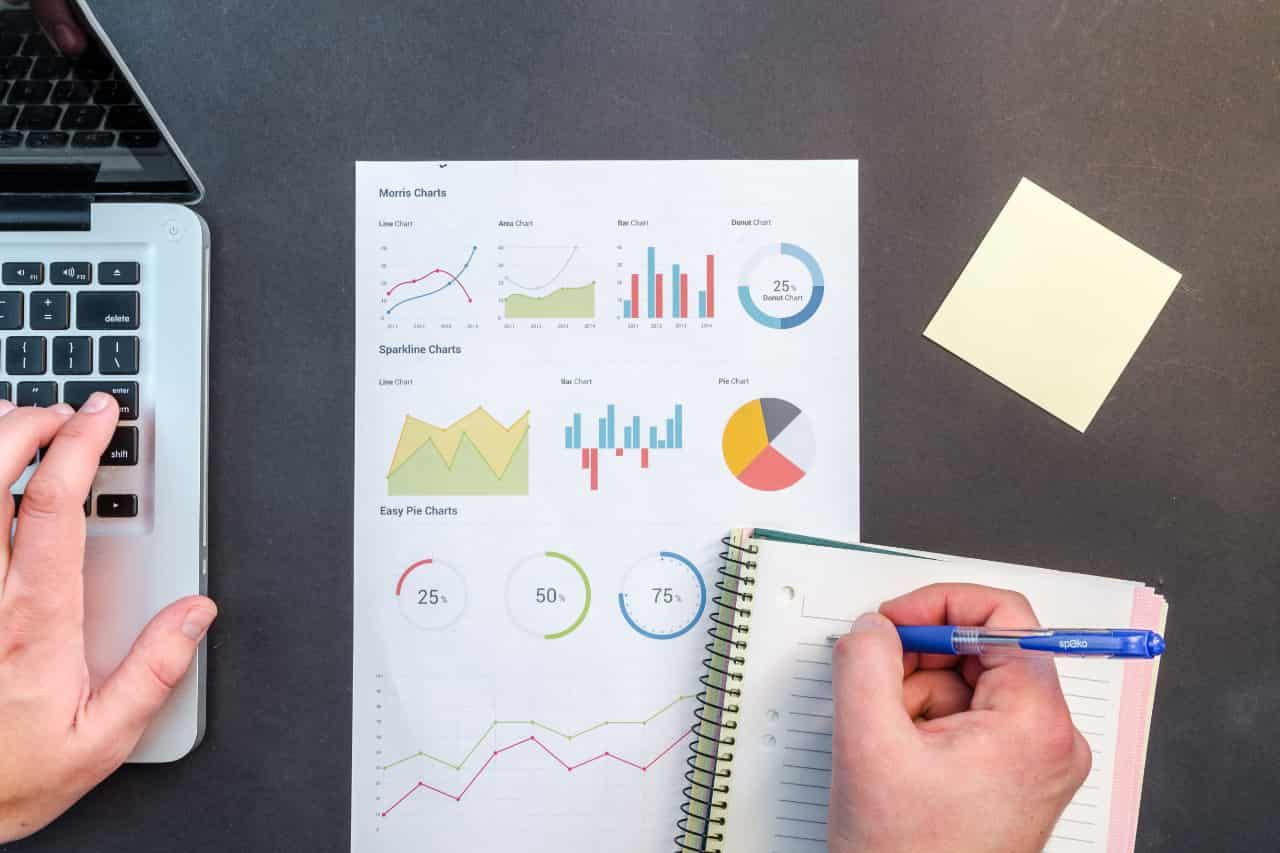

In today’s fast-paced work environment, productivity has become a crucial factor for success. Whether you’re an office worker, freelancer, middle manager, or remote employee in a creative or technology field, the ability to track and improve your productivity is essential.
Let’s explore this topic in more detail with Ping Pong Go below, as we delve into the various methods, tools, and strategies that can help you enhance your focus, manage time effectively, reduce stress, and avoid procrastination. By understanding and implementing these techniques, you’ll be better equipped to navigate the challenges of a stressful and chaotic working environment while maintaining a healthy work-life balance.
Productivity is more than just getting things done; it’s about achieving meaningful results efficiently and effectively. In the modern workplace, where distractions abound and demands are constantly increasing, mastering productivity has become a critical skill. It’s not merely about working longer hours, but rather about working smarter and maximizing the value of your time and effort.
The importance of productivity extends beyond individual performance. It affects team dynamics, organizational success, and even personal well-being. Highly productive individuals tend to experience less stress, greater job satisfaction, and a better work-life balance. Moreover, in an era of remote and hybrid work arrangements, the ability to self-manage and maintain high productivity levels has become increasingly crucial.
To truly improve productivity, it’s essential to first understand your current habits and patterns. This is where tracking comes into play. By monitoring your productivity, you can identify areas for improvement, recognize your peak performance times, and make data-driven decisions to optimize your work routines.
Tracking productivity doesn’t have to be a complex or time-consuming process. There are numerous methods and tools available to help you monitor your work habits and output. The key is to find an approach that suits your working style and provides meaningful insights without becoming a burden in itself.
One of the most straightforward ways to measure productivity is through time tracking. This involves recording how you spend your time throughout the workday. Time tracking can be done manually using a simple spreadsheet or notebook, or through dedicated time tracking apps. By logging your activities, you can gain valuable insights into how you allocate your time and identify potential time-wasters.
When implementing time tracking, it’s important to be honest and consistent. Record all activities, including breaks and non-work-related tasks. This comprehensive approach will give you a more accurate picture of your time utilization. Many time tracking tools also allow you to categorize tasks, making it easier to analyze where your time is being spent most effectively.
Another effective way to track productivity is by focusing on task completion. This method involves setting clear, measurable goals and tracking your progress towards achieving them. You can use a simple to-do list, a project management tool, or a dedicated task tracker to monitor your completed tasks.
When using task completion as a productivity metric, it’s crucial to break larger projects into smaller, manageable tasks. This approach not only makes progress more visible but also provides a sense of accomplishment as you tick off completed items. Additionally, prioritizing tasks based on importance and urgency can help you focus on high-impact activities and improve overall productivity.
For some roles, particularly in creative or knowledge-based fields, measuring output can be an effective way to track productivity. This could involve tracking the number of words written, designs created, lines of code produced, or any other quantifiable metric relevant to your work.
While output measurement can provide concrete data on your productivity, it’s important to balance quantity with quality. Rushing to produce more may lead to subpar work, which ultimately defeats the purpose of improving productivity. Consider incorporating quality checks or peer reviews into your output measurement process to ensure that increased productivity doesn’t come at the expense of work quality.
Read more: The 2-Minute Rule: A Tiny Habit That Changes Everything
Once you’ve established a system for tracking your productivity, the next step is to implement tools and techniques that can help you improve it. There are numerous approaches and resources available, each designed to address different aspects of productivity enhancement.
Work management apps have become increasingly popular tools for boosting productivity. These applications offer a centralized platform for organizing tasks, collaborating with team members, and tracking progress. Some popular work management apps include Asana, Trello, and Monday.com.
These tools typically feature customizable boards or lists, allowing you to organize your work in a way that suits your needs. They often include features such as deadline reminders, task assignment capabilities, and progress tracking. By providing a clear overview of your workload and priorities, work management apps can help you stay focused and avoid the overwhelm that often leads to procrastination.
Several time-based working methods have gained popularity for their ability to improve focus and productivity. One of the most well-known is the Pomodoro Technique. This method involves working in focused 25-minute intervals (called “Pomodoros”), separated by short breaks. After four Pomodoros, you take a longer break.
The Pomodoro Technique helps combat procrastination by breaking work into manageable chunks and providing regular breaks to prevent burnout. It can be particularly effective for tasks that require sustained concentration or for individuals who struggle with time management.
Another time-based approach is time blocking, where you schedule specific blocks of time for different tasks or types of work. This method helps create structure in your day and can prevent multitasking, which often reduces overall productivity.
The Eisenhower Method, named after President Dwight D. Eisenhower, is a prioritization technique that can significantly improve productivity. This method involves categorizing tasks based on their urgency and importance, creating four quadrants:
. Urgent and Important: Tasks that need immediate attention
. Important but Not Urgent: Tasks that contribute to long-term goals
. Urgent but Not Important: Tasks that can be delegated
. Neither Urgent nor Important: Tasks that can be eliminated
By using this method, you can focus your energy on high-priority tasks and reduce time spent on less critical activities. The Eisenhower Method encourages a more strategic approach to work, helping you make better decisions about how to allocate your time and effort.
The GTD system, developed by David Allen, is a comprehensive productivity methodology that focuses on capturing, clarifying, organizing, and reviewing tasks. The core principle of GTD is to move tasks and ideas out of your mind and into a trusted system, freeing up mental energy for focused work.
Key components of the GTD system include:
. Capturing all tasks, ideas, and commitments in a centralized system
. Clarifying what each item means and what action (if any) it requires
. Organizing tasks into appropriate categories or projects
. Regularly reviewing and updating your task list
. Engaging with your tasks based on context, time available, and energy levels
While GTD can take some time to implement fully, many users find that it significantly reduces stress and improves their ability to manage complex workloads effectively.
Read more: The Ivy Lee Method: 100-Year-Old Technique for Modern Productivity
Improving productivity is not just about implementing tools and techniques; it’s also about developing sustainable habits that support long-term efficiency and well-being. This is particularly important in the context of hybrid and remote work arrangements, where the boundaries between work and personal life can become blurred.
Creating a consistent daily routine can significantly enhance productivity. This involves setting regular wake-up and sleep times, designating specific work hours, and scheduling breaks. A well-structured routine helps create a sense of normalcy and can improve focus and efficiency.
When establishing your routine, consider your natural energy levels and plan your most challenging tasks for times when you’re typically most alert. Also, include time for physical activity, as regular exercise has been shown to boost cognitive function and overall productivity.
Your physical environment plays a crucial role in your productivity. Whether you’re working from home or in an office, it’s important to create a workspace that promotes focus and minimizes distractions. This might involve:
. Ensuring adequate lighting and ventilation
. Using ergonomic furniture to support good posture
. Minimizing clutter and organizing